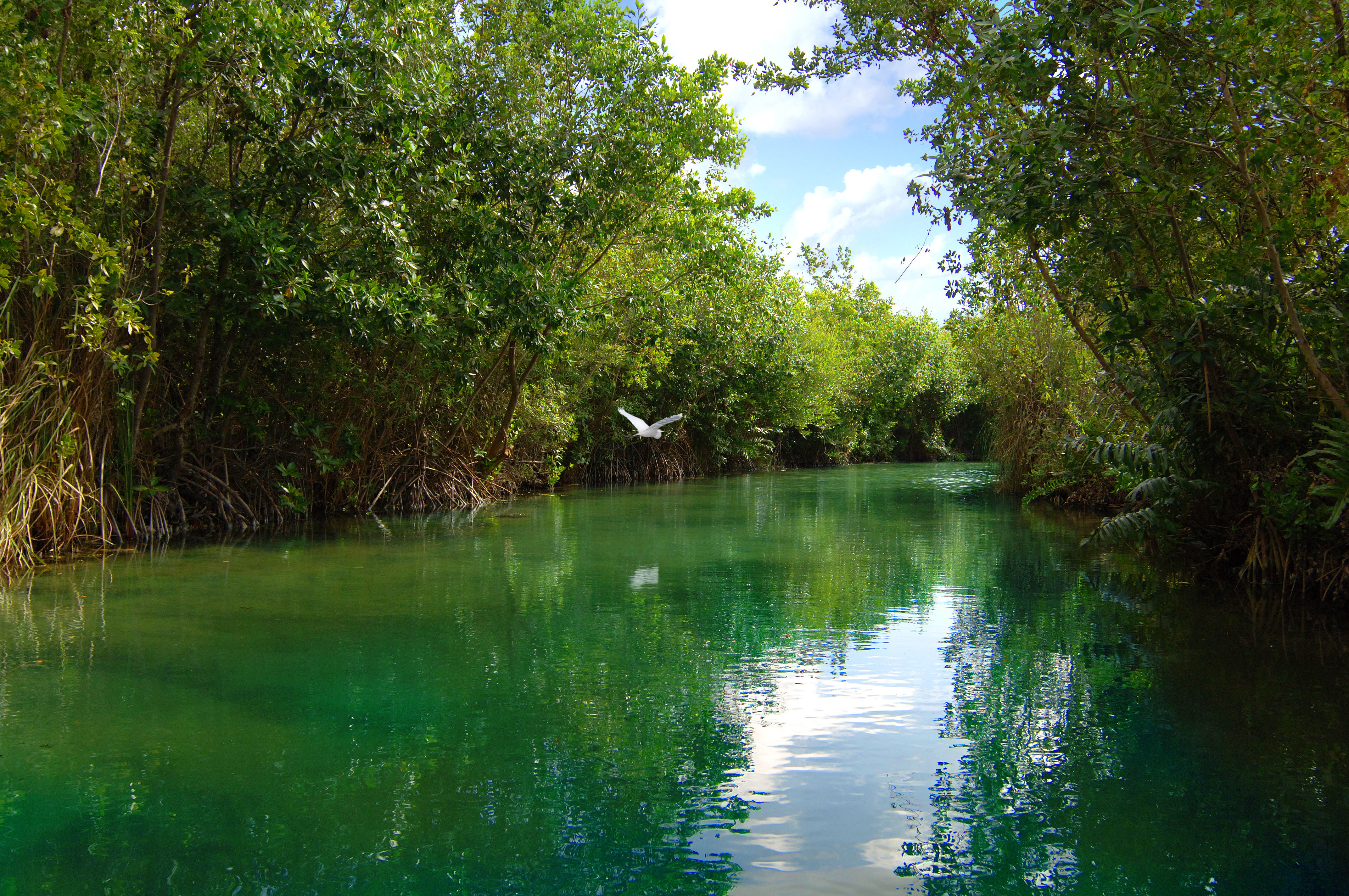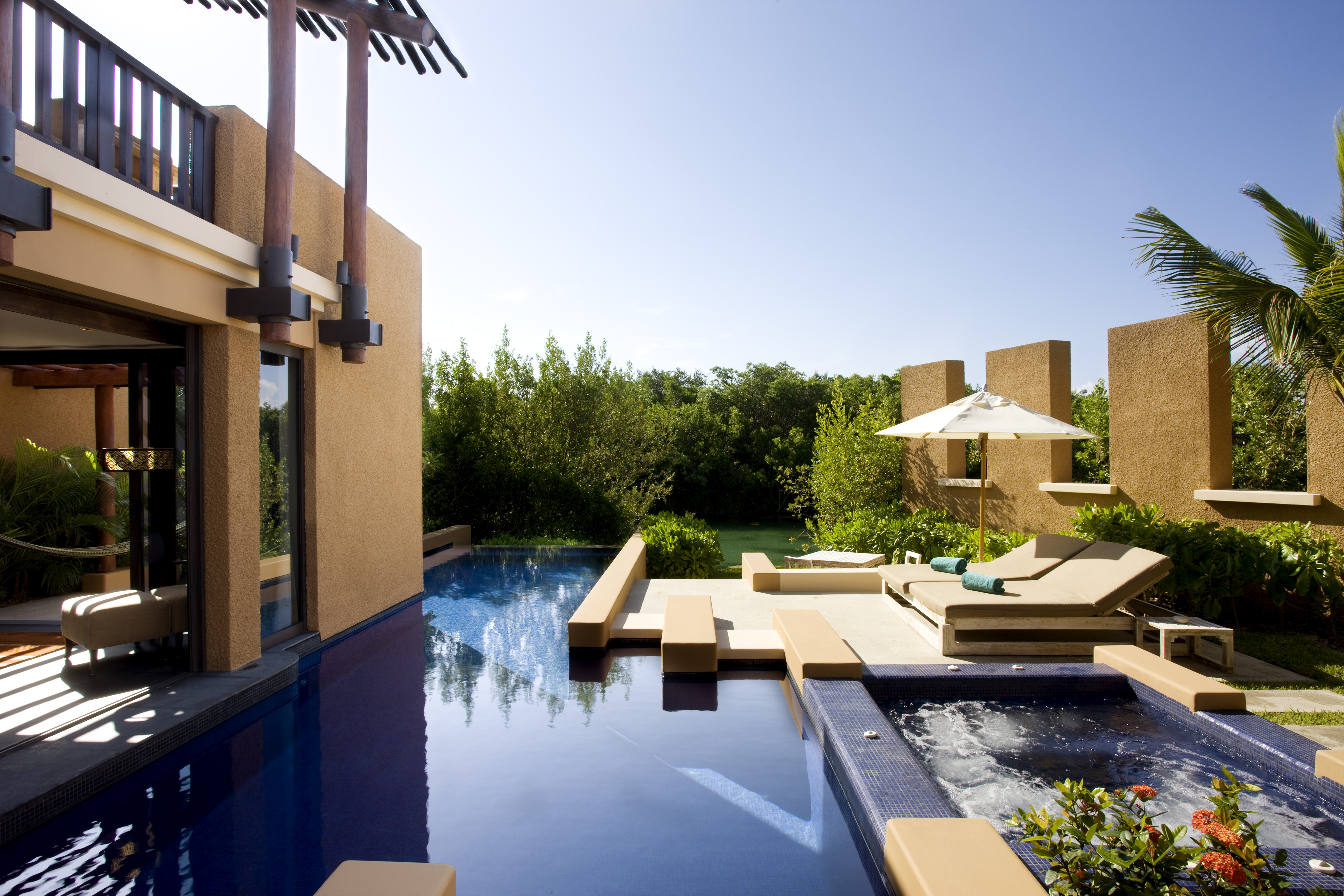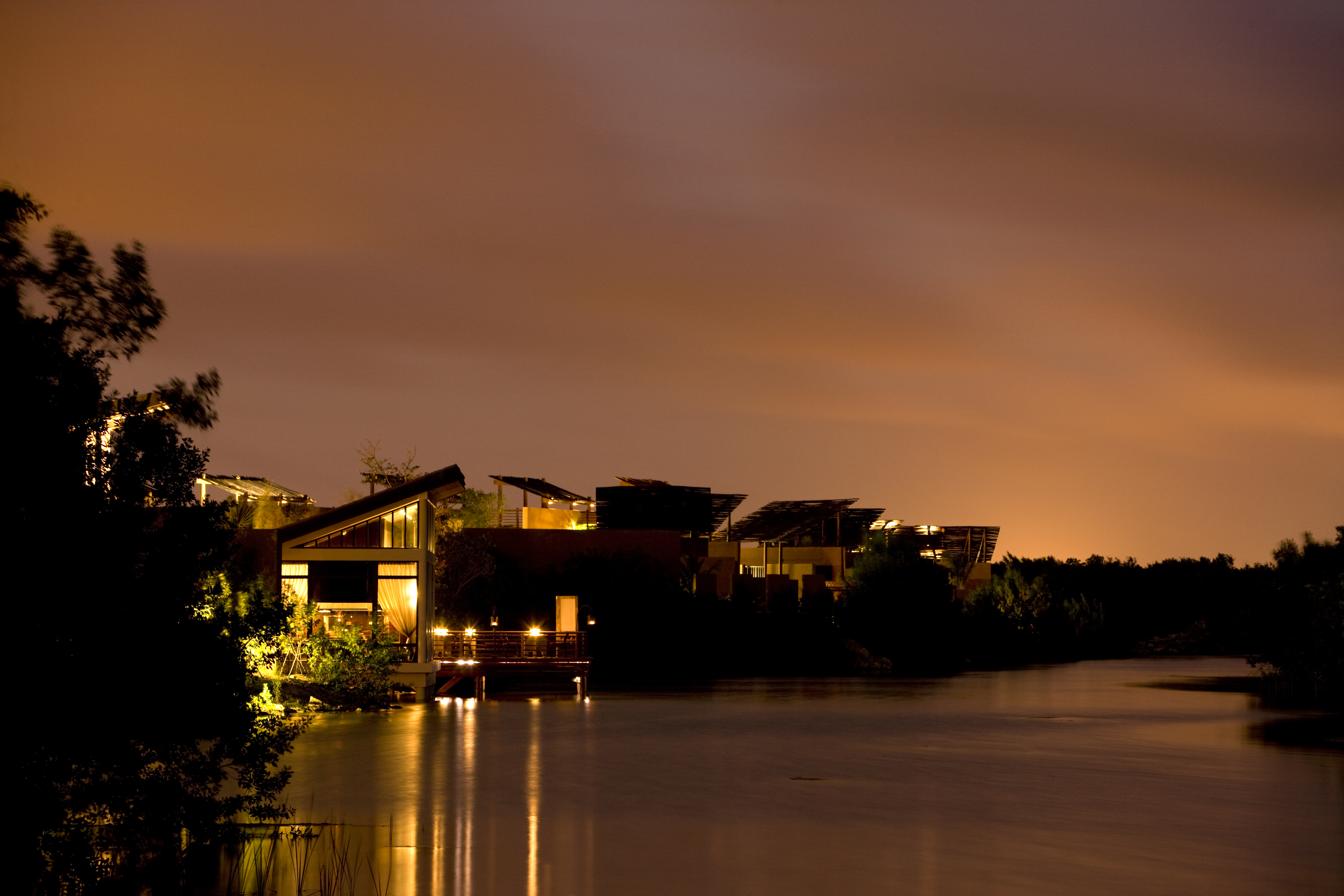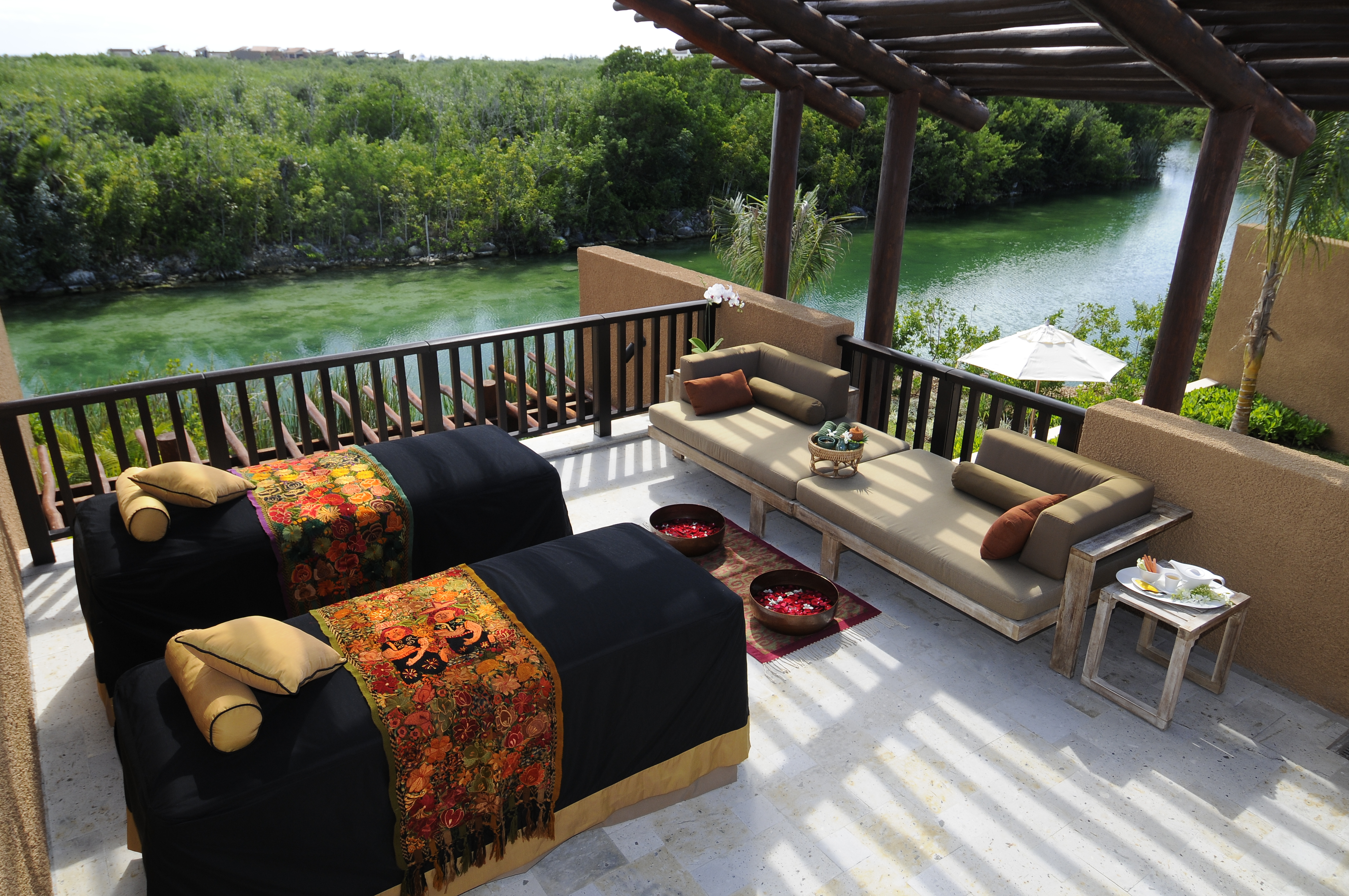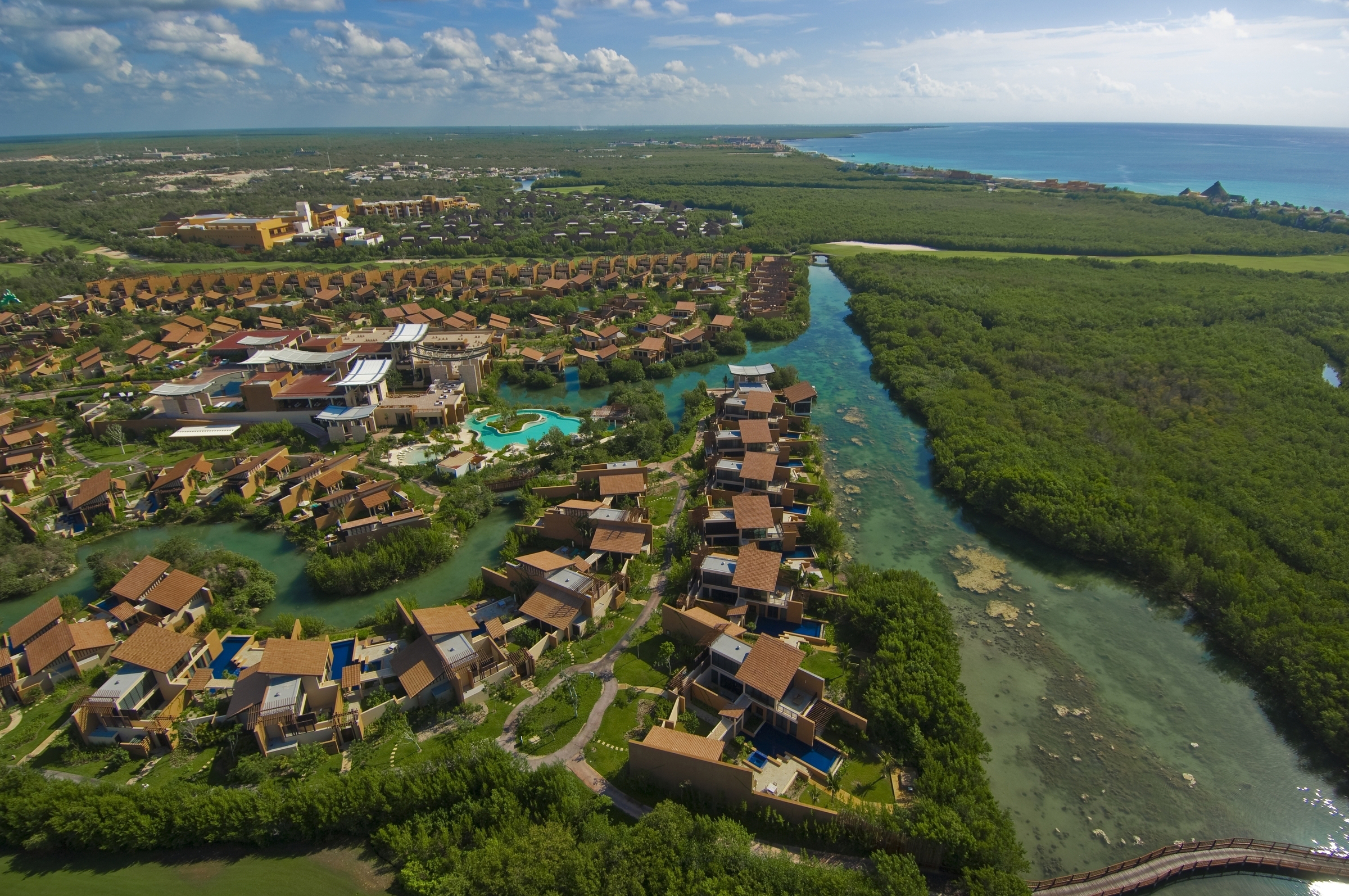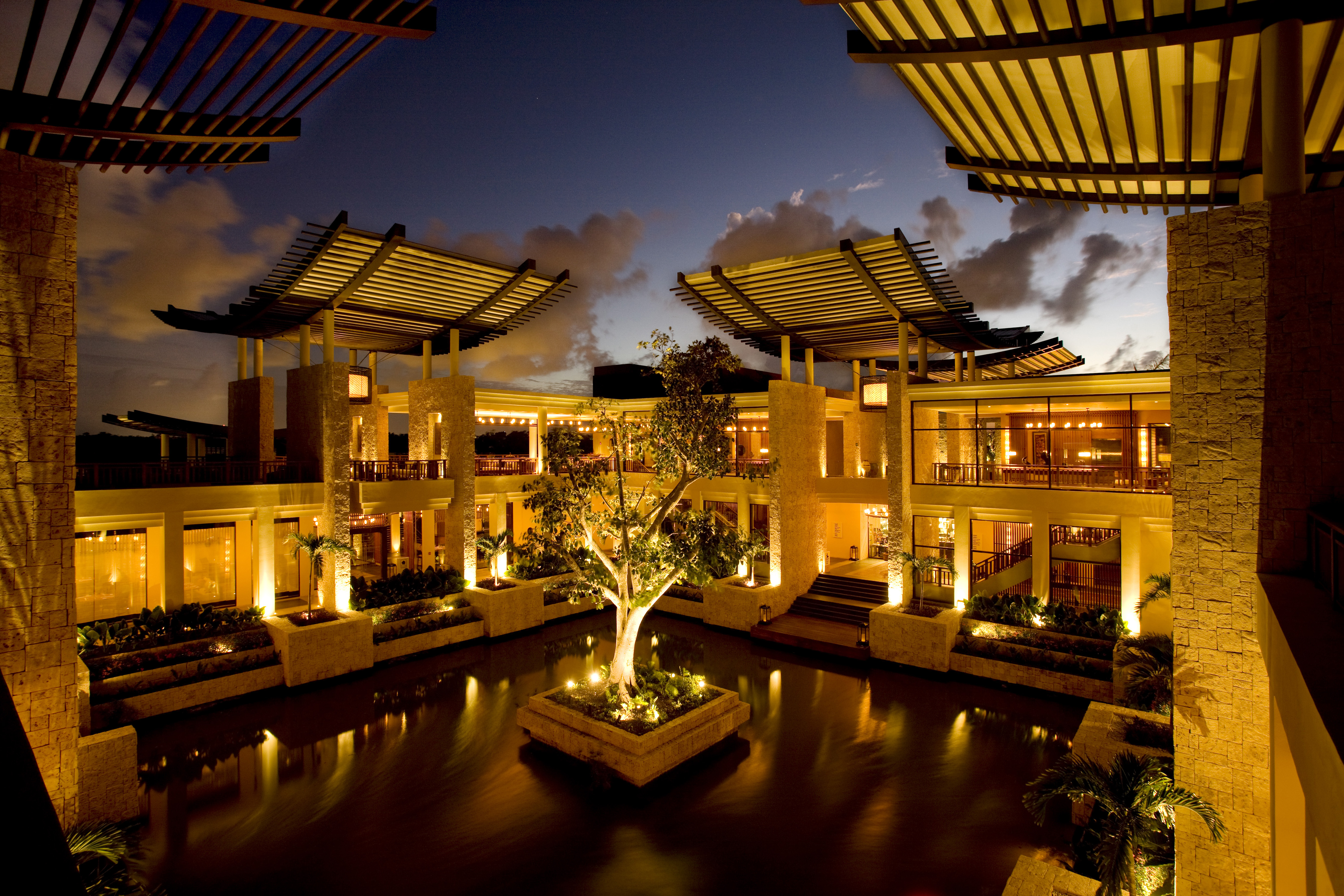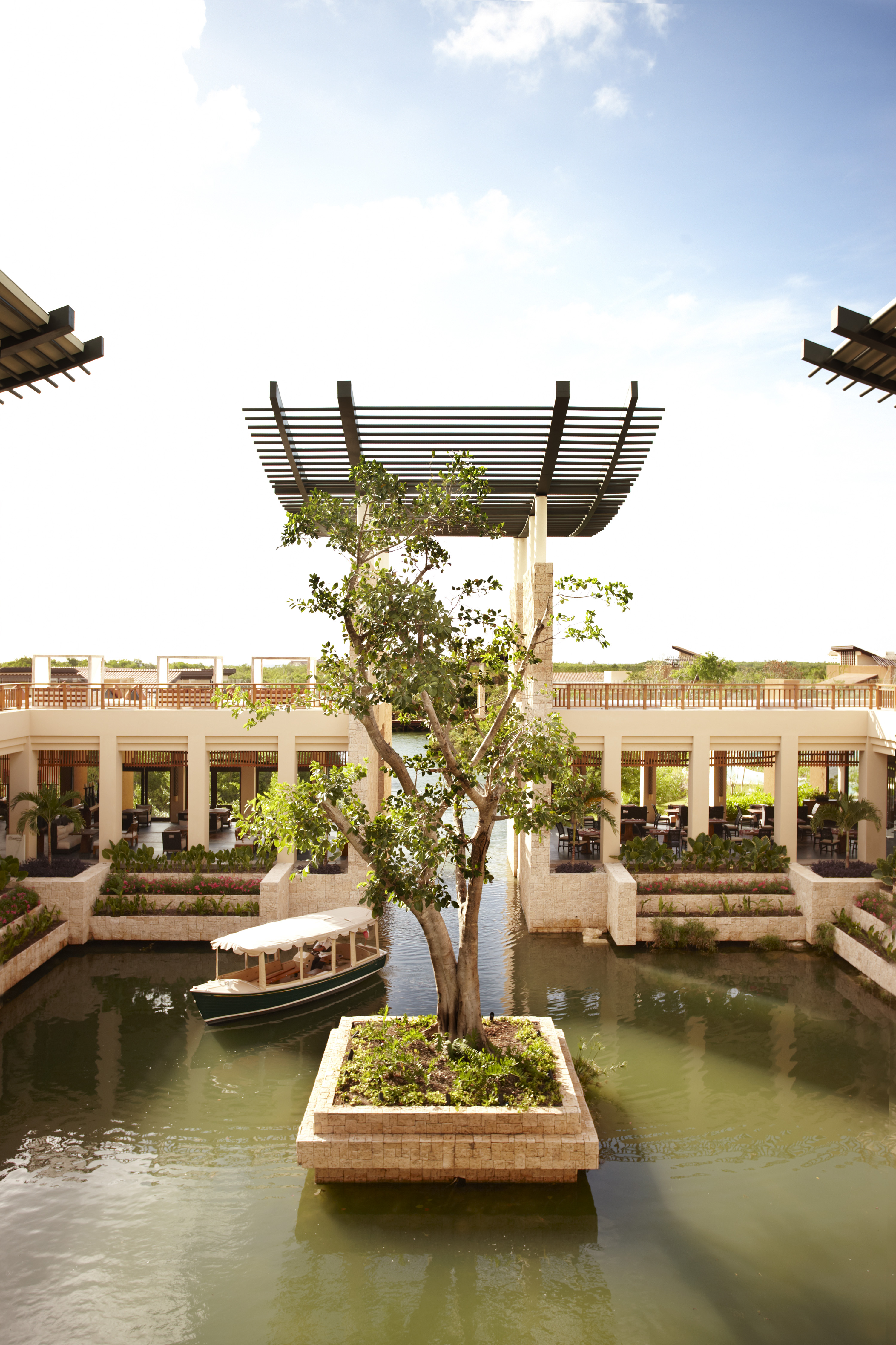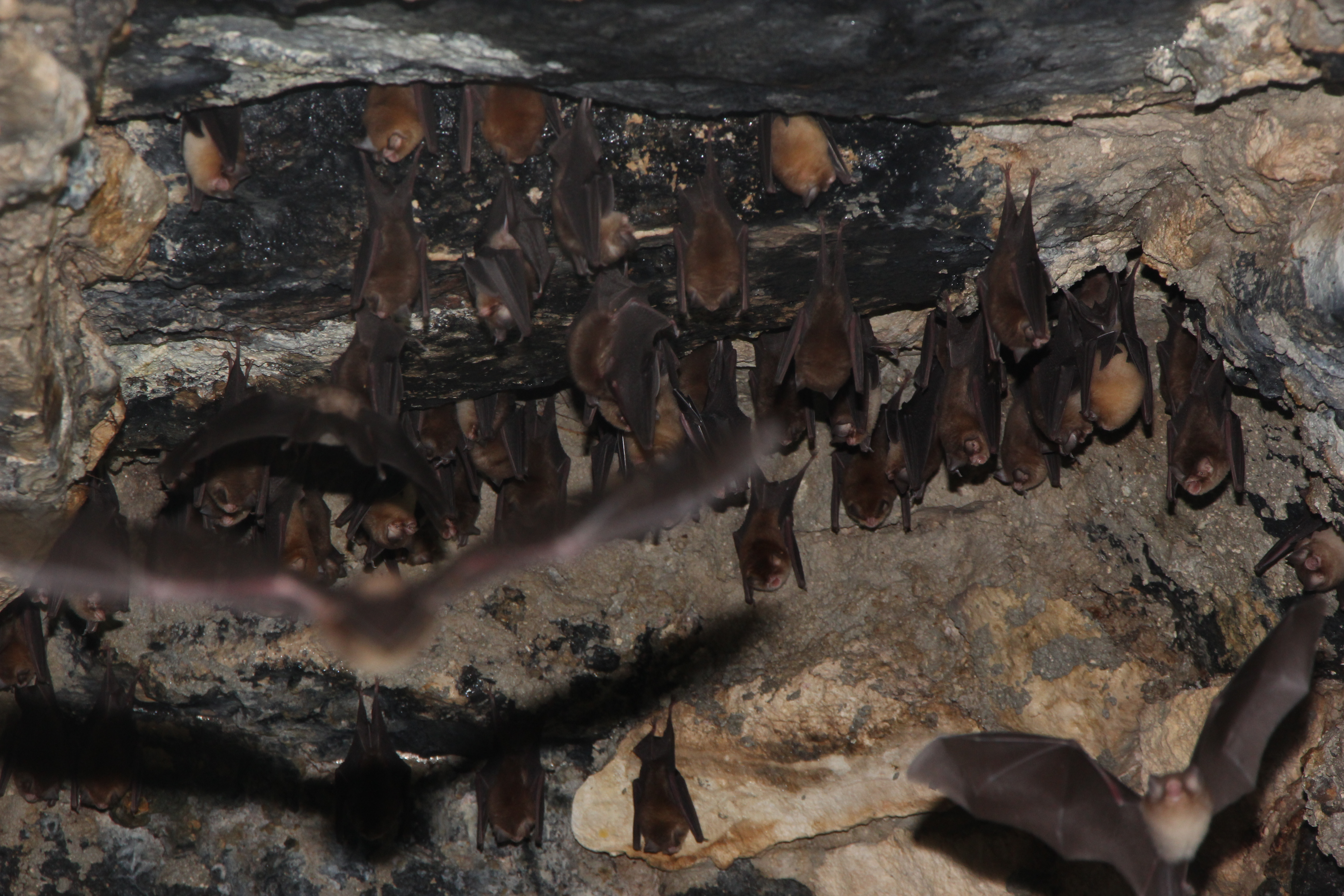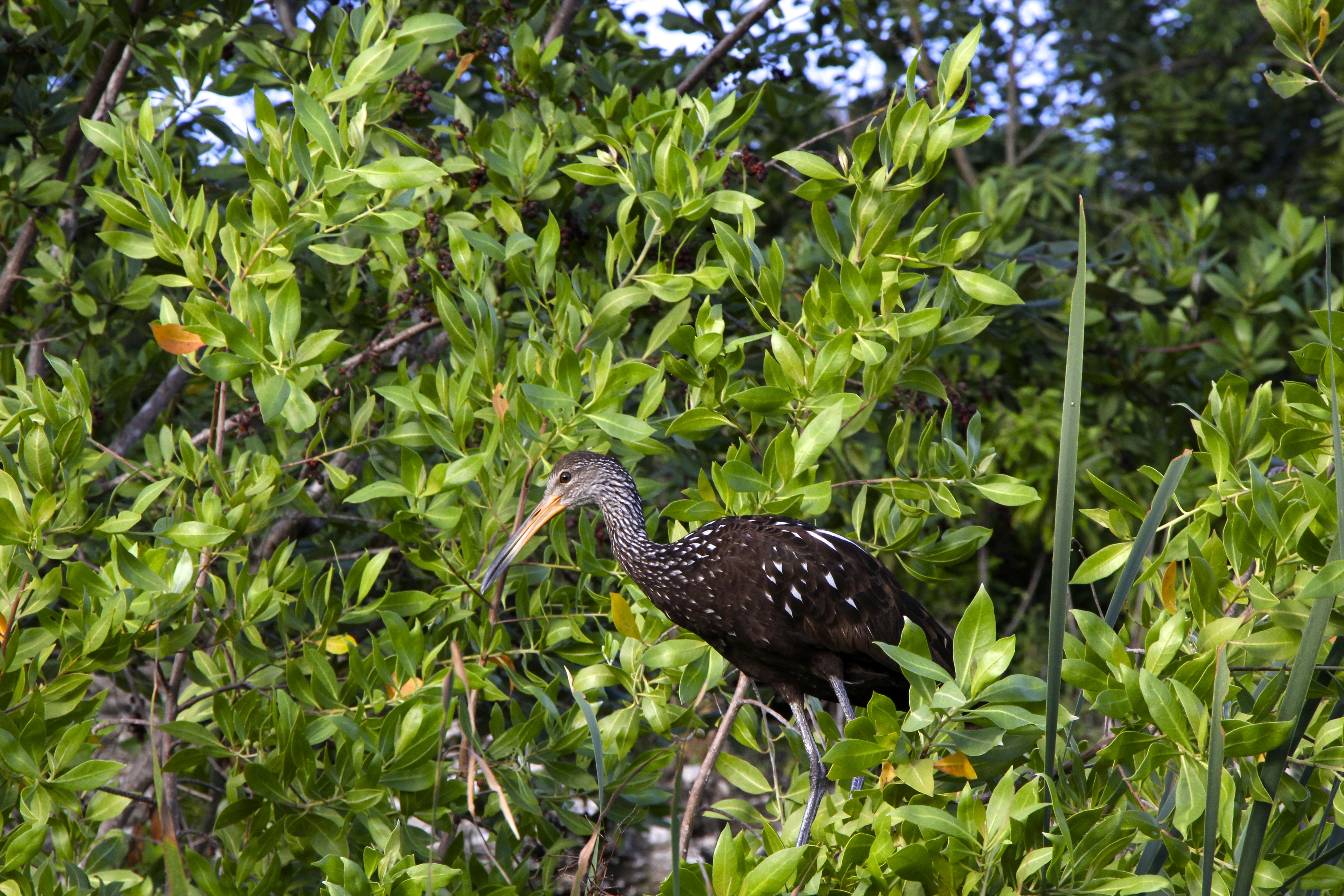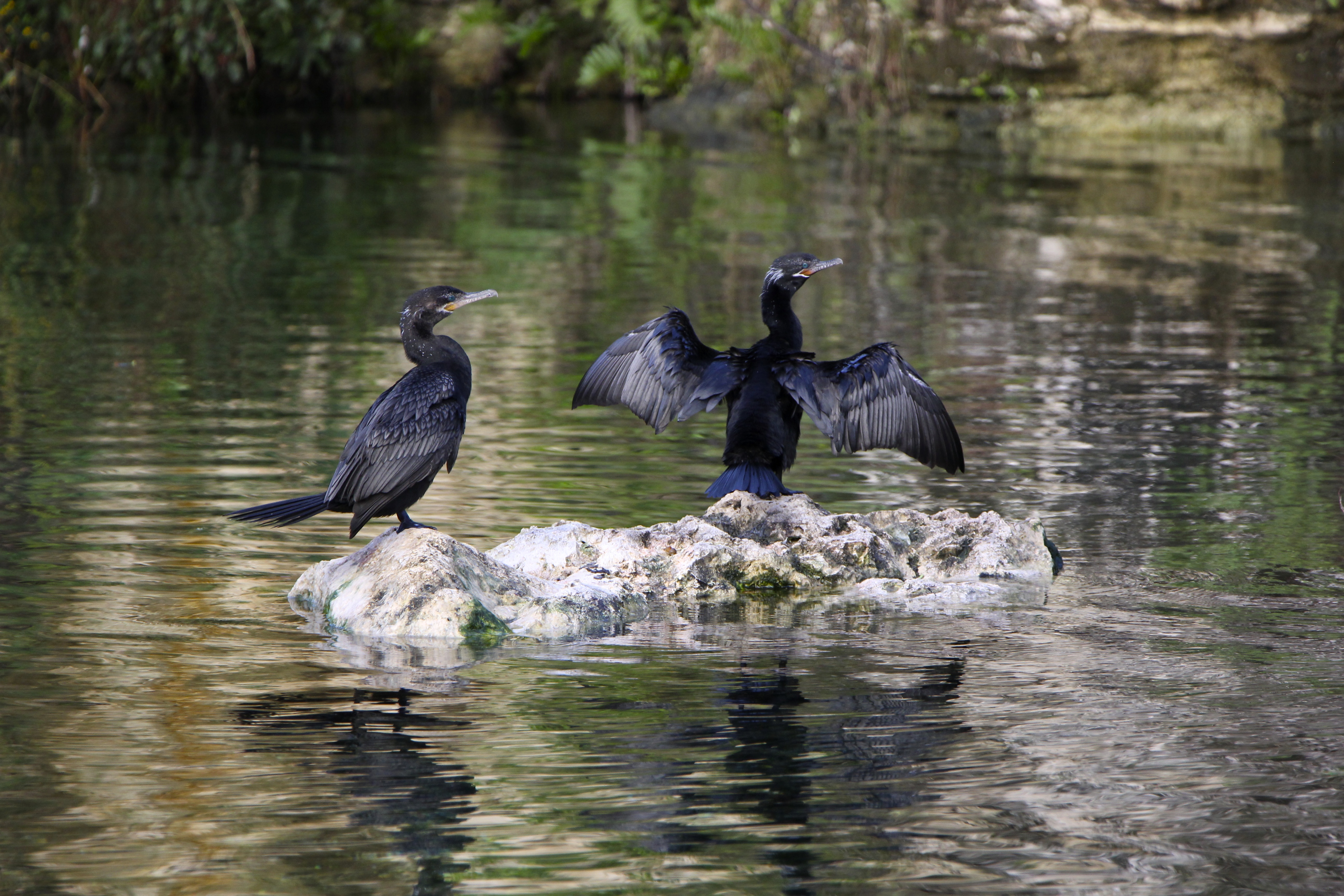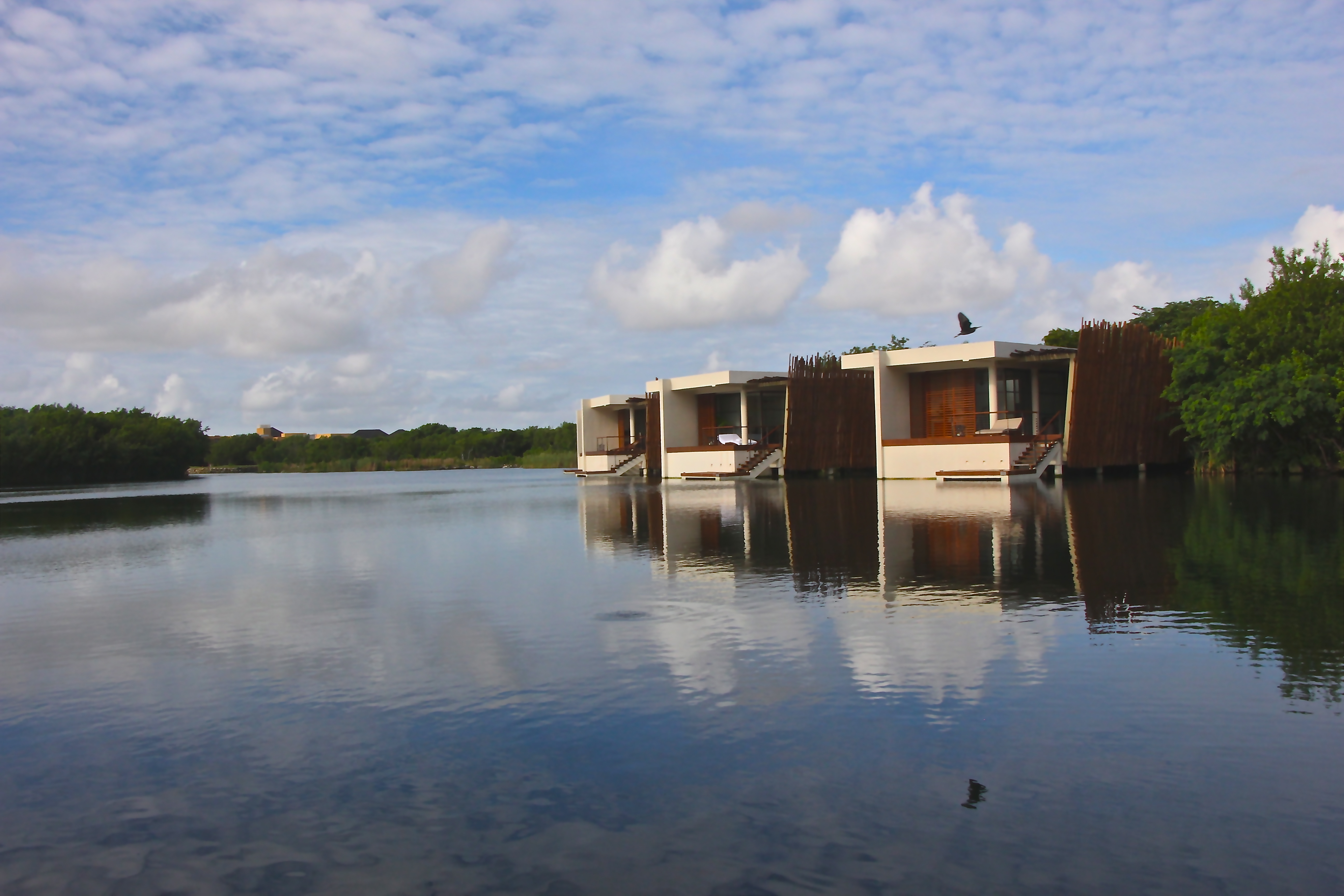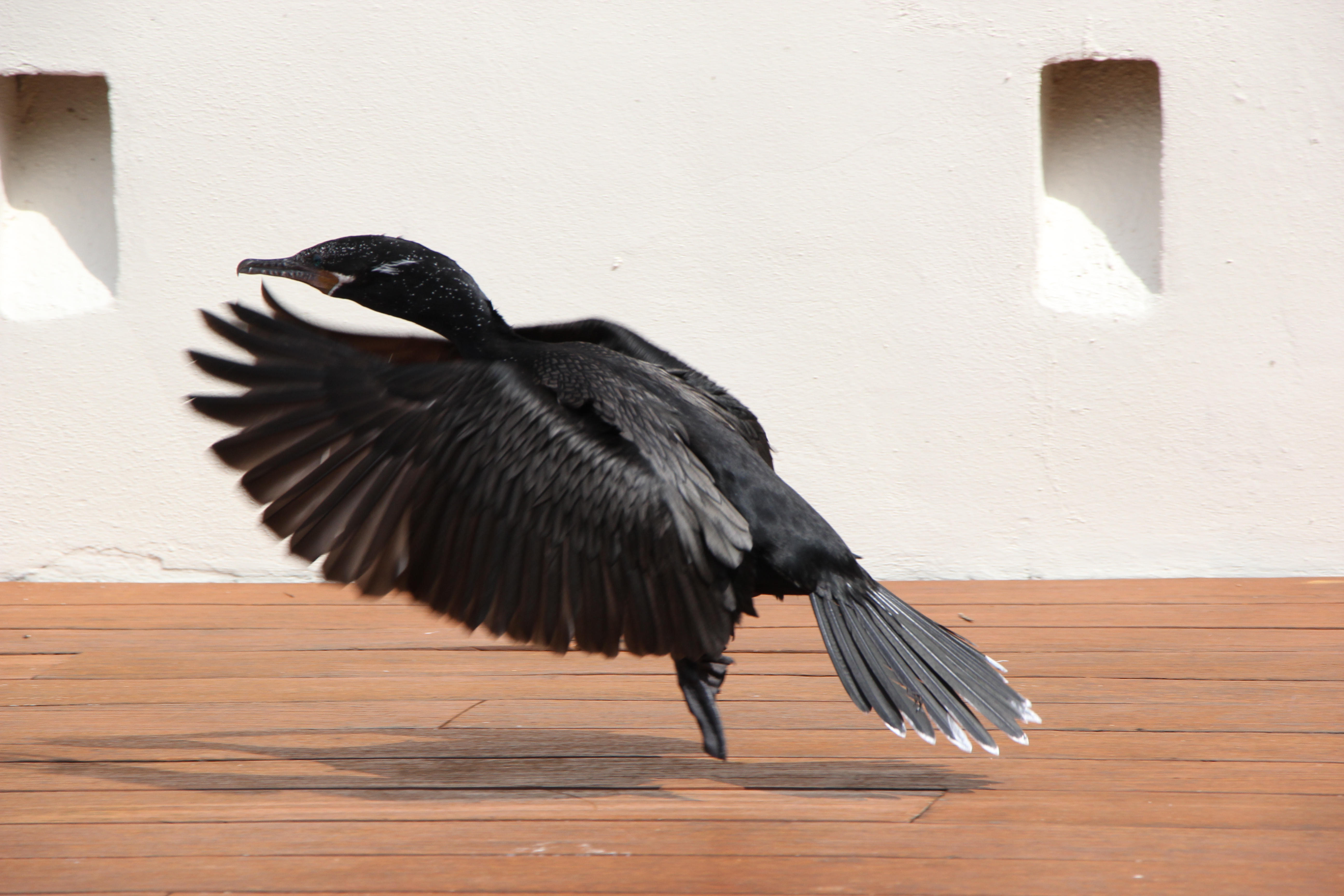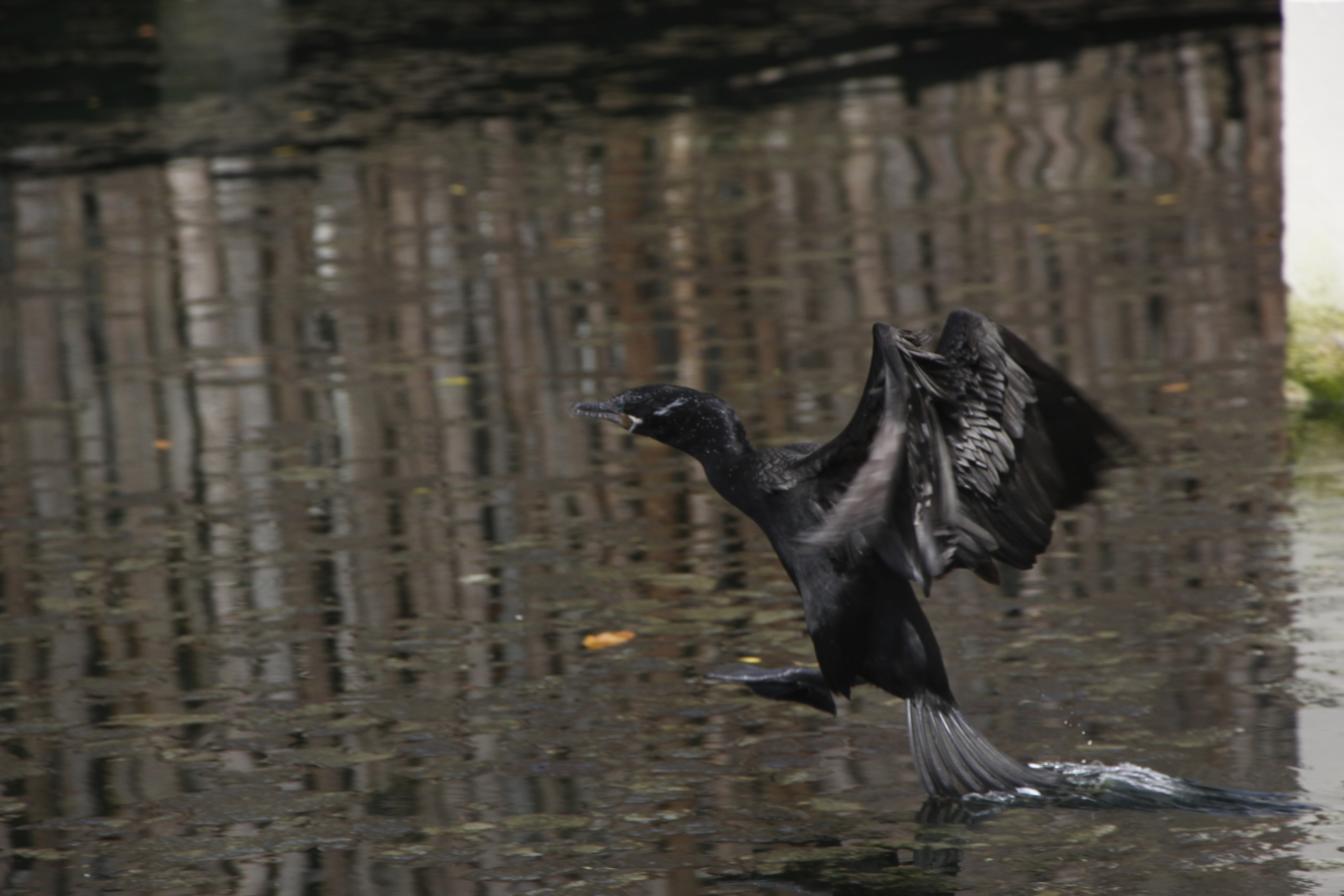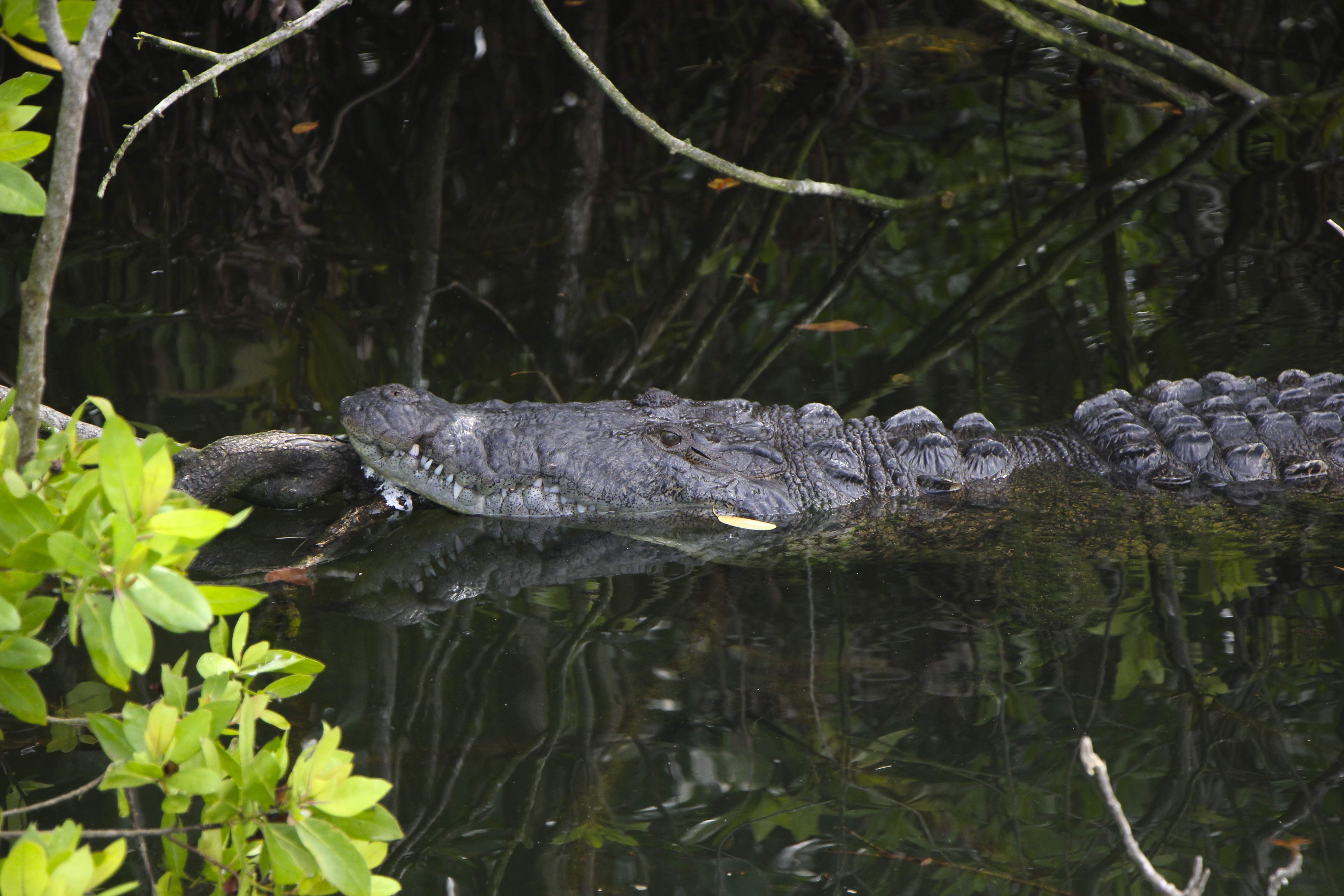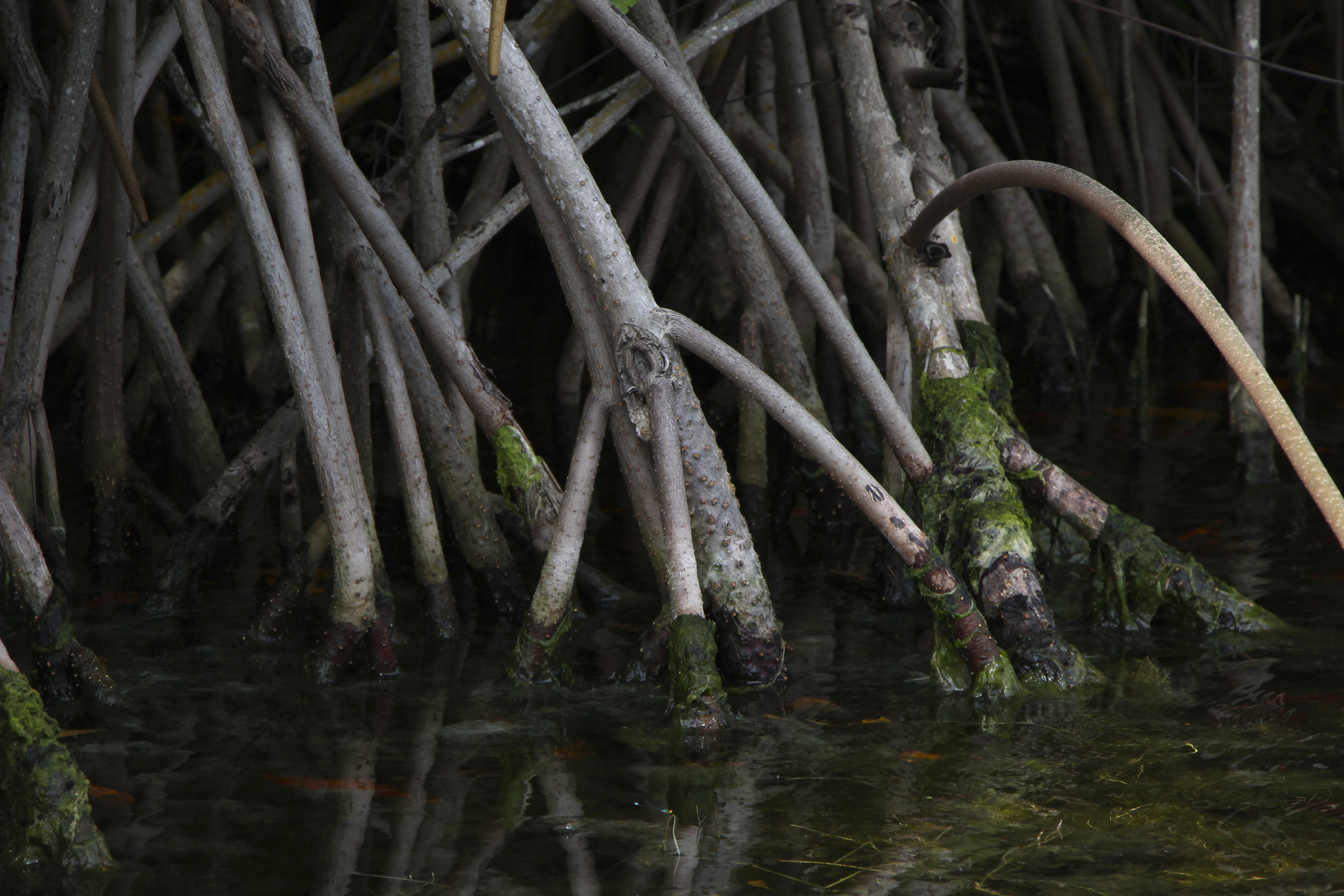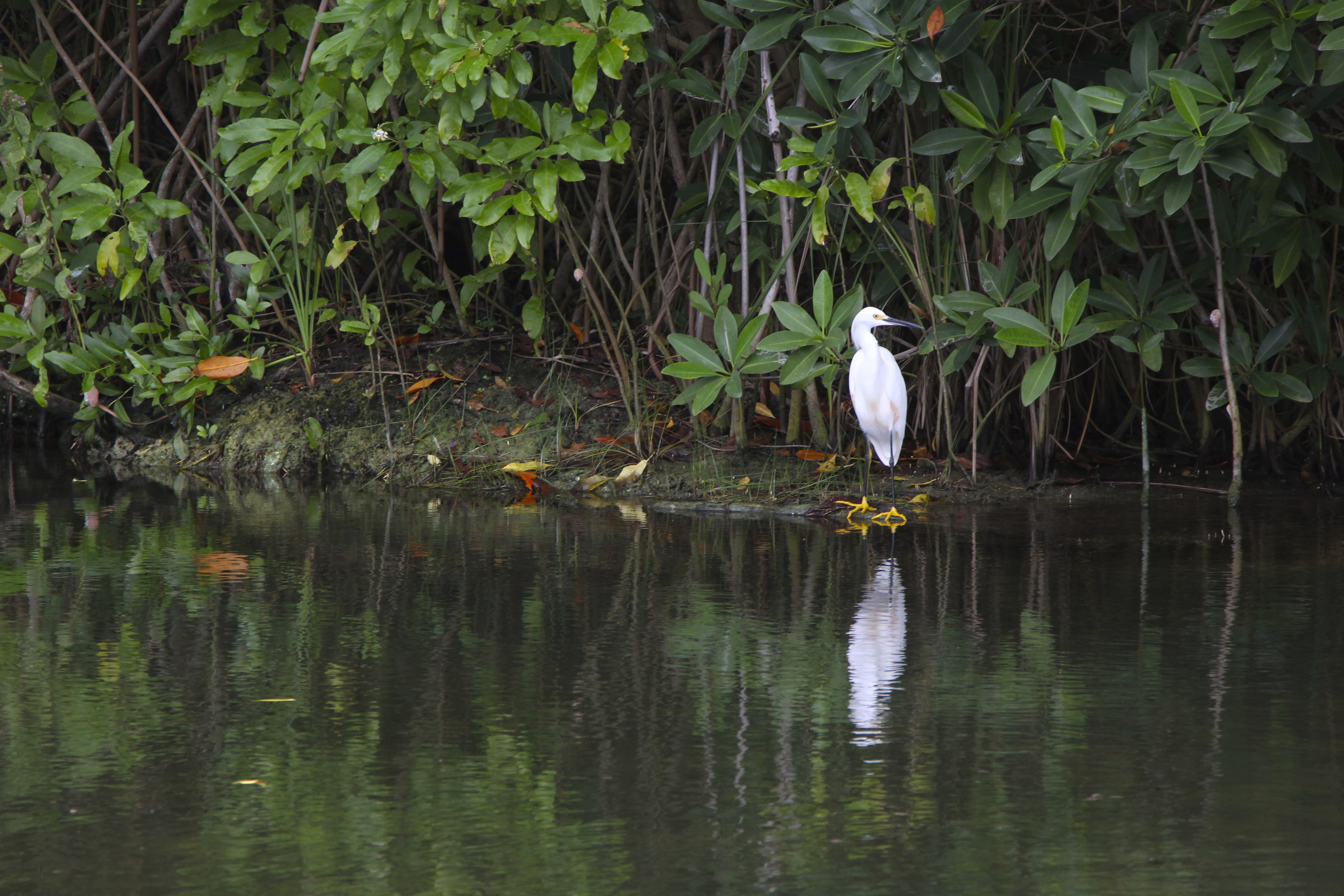If you want to sharpen your wildlife photography skills, get it done right—along side some of National Geographic’s most notable photographers inside of a private wildlife reserve that just so happens to be the grounds of a five star hotel located in a tropical paradise.
Sounds like a dream, but it’s a real thing. And it starts this January, in a three-day Wildlife Photo Master Class conceived by 20 year Nat Geo veteran, Steve Winter, the world’s preeminent photographer of big cats and a man with a laundry list of awards including a famed BBC Wildlife Photographer of the Year award (2008) and the BBC Wildlife Photojournalist of the Year award (2012). He’s also the only man on Earth to photograph a wild mountain lion underneath the Hollywood sign. (That picture, by the way, won’t be seen by the public until the December 2013 issue of National Geographic). Winter’s dedicated most of his life to saving big cats, so we should also mention that Nat Geo will soon be releasing his latest book featuring ten years of beautiful images and first hand accounts of his expeditions into wildcat terrain written by his wife, journalist Sharon Guynup, called Tigers Forever: Saving the World’s Most Endangered Big Cat. It’s out November 12th and 10% of the profits go to Panthera, the big cat preservation nonprofit where Winter is Media Director.
So he’s kind of a big deal. And The Master Class where you can learn from him takes place at the eco-luxe Banyan Tree Mayakoba, a 132 resort villa built inside a 590 acre wildlife sanctuary of pristine mangroves, dunes, beaches and low lying tropical forests that is itself located 40 minutes south of Cancun. No big cats, but it does have the only PGA sanctioned golf course in Mexico and each room comes with its own private swimming pool.
While the idea is Winter’s pet project, he is just one of three Nat Geo photographers who will be leading one of these classes. They are Tim Lamam, the first person to photograph all 39 unique species of birds of paradise and Brian Skerry, Nat Geo’s go-to underwater photographer who is currently on exhibit at some place called The Smithsonian.
So, yes, it is called a master class, and there’s learning happening, but make no doubt—you are in the field.
We’re on boat and it’s our first day, quietly drifting past rare birds, crocodiles, turtles and iguanas, inside the maze of freshwater canals that snake around Mayakoba’s dense flora. (Note to self—Don’t get lost at this hotel). They seem oblivious to the clicking of our camera, which is why Winter chose Mayakoba, “It’s so secluded, the animals here aren’t skittish,” he says.
I casually mention that I’m working with a new camera and Winter slyly comes over. “We don’t want your camera to be the brains of the operation,” Winter says as he switches my camera from auto to manual and then points out some lighting tips, “That has to be you.” This is the first step to getting the most out of the Master Class, so I killed the auto that would have made me think a lot less. Winter called out suggested settings while his step-son/assistant, Nick Ruggia kept an eye out for animals (Having grown up on assignment with Winter makes one good at spotting hidden animals) and by the end of the first hour, I’m pretty sure I learned something I didn’t know before.
The next day, we head an hour south to Sian Ka’an Biosphere Reserve and boat out to a small Mayan ruin. Inside, hundreds of bats are flying around and Winter encourages us to go in and snap up shots. He helps alleviate my fear (“Bats use sonar so they will never hit you,” he says) and soon I’m standing in the middle of the swarm. Untouched. “This may be the closest I ever get to working for Nat Geo,” says the rush of adrenaline to my brain.
All skill levels are represented in our group, as are different types of cameras. I’ve brought a fresh out of the box Canon EOS60D, but others have simple point and shoots or even more professional cameras. No matter. Winter explains manual tricks on DSLRS, helps maximize functions on simple point and shoots, explains the tenets of wildlife photography and answers anyone’s specific questions. This instruction comes both informally, at diner each night in casual conversation while doing things like hiking through the woods near Mayan ruins, or formally, at the daily workshop seminars in Mayakoba’s business center.
But the real magic happens when the mysterious veil of what makes a photo fly in the pages of National Geographic is removed. “Slow down.” he fond of saying, and “Compose! Focus, then recompose!” but then he’ll slip in something more concrete like, “The eyes of an animal should always be the focus.” But, then showing us a picture of a snow leopard he tells us that it took 6 months just to get this one shot. The eyes aren’t seen, but when shooting an animal as elusive as the snow leopard, he explains that rules don’t hold fast. Apple bought that picture and made it a screensaver, so we trust him.
Then he shows us a random picture he took in the middle of the day off the shores of Cuba where a boat and a cloud take up opposing corners of the image, “I wasn’t going to take my camera but Sharon insisted. No one ever shoots in the middle of the day because the light is so harsh. This ended up being a two page spread in the magazine because the editor hadn’t seen a shot like it before.”
“Breaking the rules,” he says is one way to get a special shot, “But before you can break them, you have to know what they are.”
More information: Trips happen every 6-8 weeks starting January 24th-26th (Check out 27th). Rates start at $4,158 double occupancy for three nights. Groups include one instructor from Nat Geo and are capped at 12 guests.
